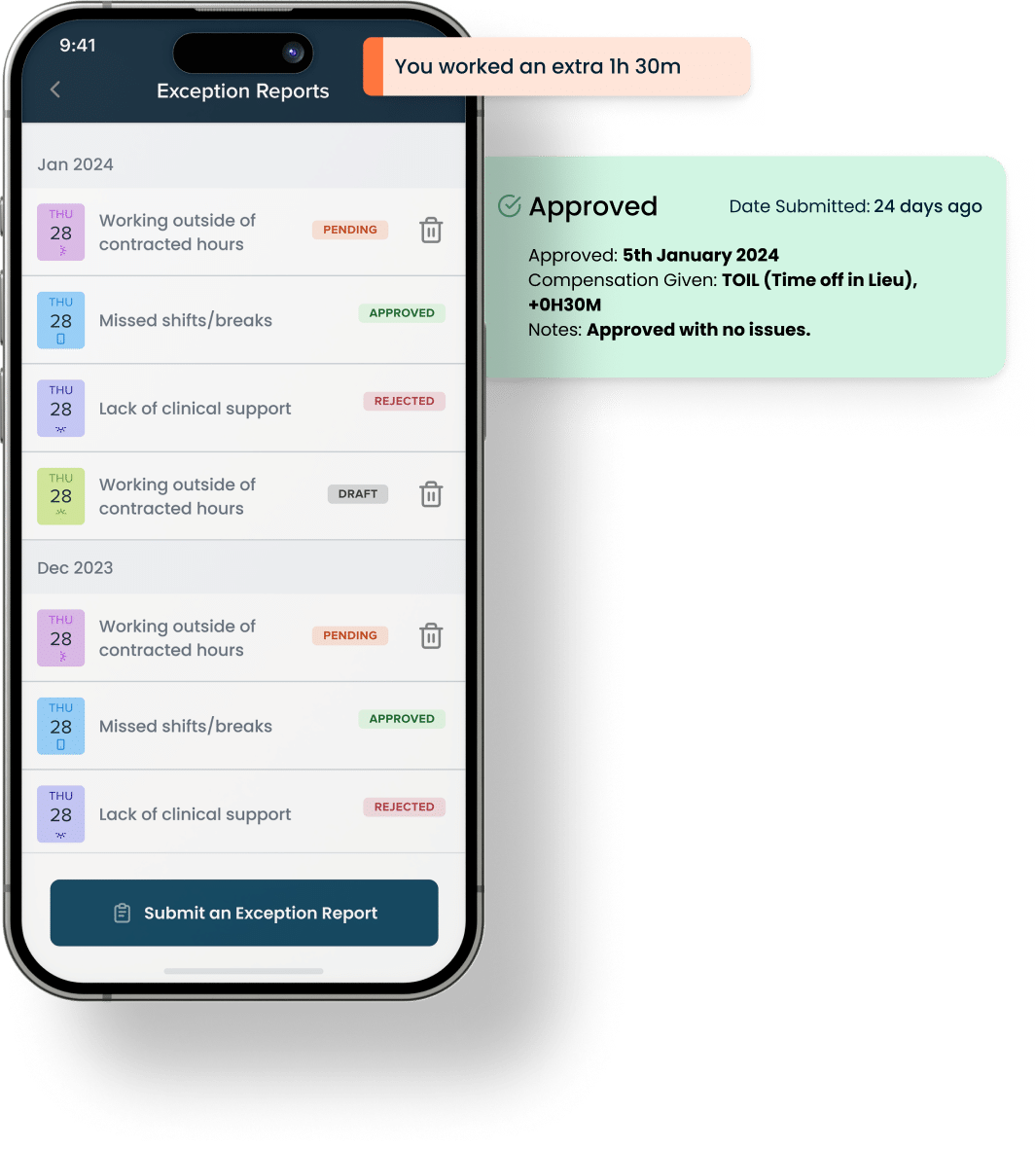The role of healthcare rostering software in reducing staffing shortages

It’s no secret that staffing shortages in the healthcare sector have become a critical issue, significantly impacting both clinical and non-clinical staff in the NHS. This problem is exacerbated by high turnover rates, with many healthcare professionals citing stress, intense workloads, and inflexible scheduling as reasons for leaving the NHS. Amongst these challenges, intuitive rostering software is a promising solution that can enhance staff retention and reduce these shortages.
Understanding the staffing crisis
A recent NHS Staff Survey highlighted that over a third of respondents were considering leaving their careers in the NHS. This trend is not surprising given the immense pressure faced by healthcare workers. The British Medical Journal (BMJ) identified stress, staff shortages, and intense workloads as key factors driving this exodus of staff. Poor rostering software can lead clinicians to feel trapped in rigid schedules that offer little autonomy or control, which in turn can have a significant impact on engagement and job dissatisfaction.
Improving clinician well-being and retention
Traditional medical rostering software in the NHS is often inflexible. This lack of flexibility can lead to burnout, as employees have limited control over their schedules – with many noting they have had to miss key events like weddings, family birthdays and more. As staff leave, the workload on remaining employees increases, creating a vicious cycle of stress and turnover. A key aspect of addressing staffing shortages is improving clinician well-being. Through the lack of ability to see their upcoming rotas, the nightmare of requesting leave and submitting exception reports, is it any surprise that the traditional rostering often leaves clinicians feeling undervalued and powerless?
Implementing advanced healthcare rostering software can transform this experience by providing clinicians in the NHS with greater autonomy and transparency, through capabilities such as:
- Integrated roster and calendar management with modern UI
- Annual leave all managed on one app
- Exception reporting streamlined to support clinicians and non-clinical staff

So what are the benefits of healthcare rostering software and how can it help?
First and foremost, effective rostering software offers a transformative solution to scheduling woes. By providing real-time visibility of schedules and allowing for more advanced planning, Patchwork’s medical rostering software enables staff to better manage their personal and professional lives. With carefully built functionality around annual leave and pay, the product emphasises enhancing all aspects of the lives of clinicians, not just the immediate rotas – thereby encouraging a healthy work-life balance, which is essential. Rostering software, when done right, can also facilitate better communication between team members and management, reducing last-minute uncertainty – which causes immense stress across both clinical staff and workforce teams.
By giving staff more control over their schedules, NHS organisations can reduce this stress and actually boost overall morale – a few examples of this are:
- Fair and transparent scheduling: effective rostering software ensures a fair allocation of shifts, taking into account personal preferences and responsibilities where possible. This transparency helps prevent situations where certain individuals feel unfairly burdened with unfavourable shifts, fostering a more impartial working environment.
- Automated processes: automation is a significant advantage of healthcare rostering software. It alleviates the administrative burden on rostering teams and ensures accuracy in scheduling. For instance, vacant shifts can be automatically broadcast to available substantive and locum clinicians, streamlining the process and reducing the workload on managers. It also removes the potential for human error and supports rota coordinators to make effective decisions.
- Optimised staffing levels: effective medical rostering software can automatically match available staff to workload demands based on skill sets, preferences, and availability. This ensures that healthcare facilities are appropriately staffed without overburdening specific individuals, maintaining a balanced and efficient workforce – which is vital in the quest for retaining clinicians.
Looking forward
Healthcare rostering software is crucial in addressing staffing shortages within the NHS. By offering flexibility, transparency, and automation, these systems can significantly enhance job satisfaction and retention among healthcare workers. In 2024, retention is crucially important as the NHS looks to keep up with demand.
As more NHS organisations adopt advanced medical rostering software, the potential to create a more stable, satisfied, and effective workforce grows. Clinicians deserve a scheduling process that gives them autonomy, encourages them to remain within their organisations, and supports them in feeling empowered and valued. Investing in healthcare rostering software is a strategic move towards achieving this goal, ultimately reducing staffing shortages and fostering a healthier working environment for current and future NHS staff.